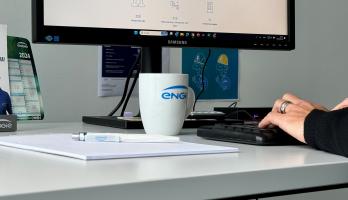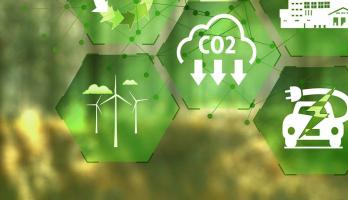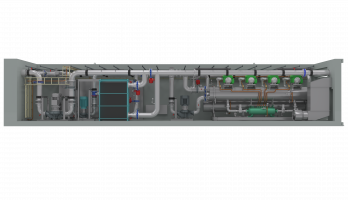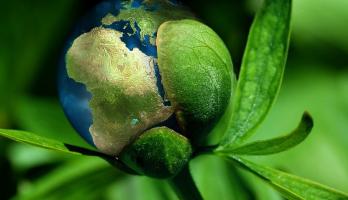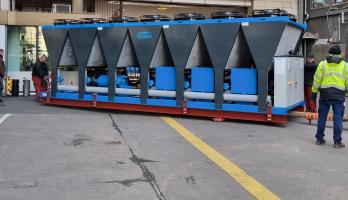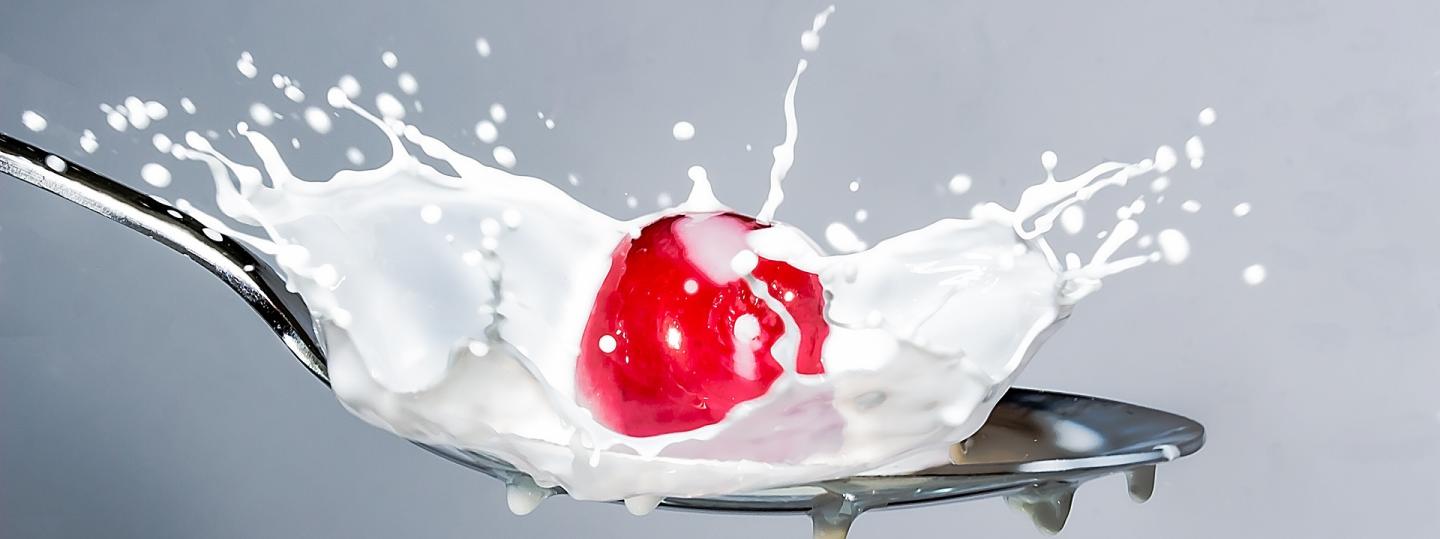
How sustainable milk production succeeds with our high-temperature heat pump
The dairy industry is both energy-intensive and particularly demanding when it comes to cooling and heating. A solution that convinces with quality, efficiency and climate friendliness is therefore essential. How ENGIE Refrigeration manages this task for a specialist in drying and evaporating technology with a thermeco2 high-temperature heat pump and ensures sustainable dairy production in the process, Daniel Keller, Director Sales & Business Development, reveals in an interview.
Daniel, why is a reliable and efficient cooling and heating supply relevant for sustainable milk production?
Daniel: Dairies have high energy demands, especially in the areas of cooling and process heat supply. This concerns, for example, the production of milk powder, where industrial drying processes consume enormous amounts of heat. The spray dryer, which at the same time depends on the supply of cold air flows, requires the greatest amount of heat. Heating and cooling processes are also used in the production of UHT milk or ESL milk and in pasteurization to reduce pathogens and extend the shelf life of the products. In short, these applications do not work without precise cooling and heating, and sustainable milk production does not work without an efficient and CO2-neutral cooling and heating solution.
What special requirements did ENGIE Refrigeration expect in this project?
Daniel: Our customer wanted a system for the supply of his approximately 30-metre-high spray dryer that generates high hot water temperatures and at the same time provides cold water at low temperatures. Accurate temperature control and year-round efficient operation of the cooling and heating solution were also top priorities. In addition, sustainability played a decisive role in the project, as our customer wanted to become independent of fossil energy sources and thus invest in its climate neutrality targets in the long term.
How did the ENGIE Refrigeration team support the customer with this challenge?
Daniel: To supply the spray tower with cold and heat, we provided seven redundant thermeco2 high-temperature heat pumps, each one with six compressors. The installation of additional controlled heat exchangers enabled the high spread between the cold water and hot water temperatures of 125 Kelvin, which is required for the production of milk powder. To ensure the efficiency and operational reliability of the cooling and heating solution, our experts previously put it through its paces on our own test stand.
What special features qualify thermeco2 for the project?
Daniel: Thanks to cold-heat coupling, our thermeco2 high-temperature heat pump runs particularly powerfully and efficiently when there is a high demand for cooling and heating at the same time. In addition, it uses CO2 as a refrigerant, thus promising high economic and ecological standards that contribute to sustainable milk production. The thermeco2 can be integrated very well into existing systems and scores with its variable control concept and with individual application possibilities.
... and what makes ENGIE Refrigeration's solution so unique?
Daniel: Our team of experts has managed to increase the hot water flow temperature of the thermeco2 by making specific technical adjustments, for example by means of controllable suction gas superheating. Thus, hot water flow temperatures of up to 125 °C are achieved in a single-stage cooling circuit. In addition, we optimised the coefficient of performance of the high-temperature heat pump with two independent hot water circuits.
This is a new record in the industry!
How is ENGIE Refrigeration specifically driving sustainable milk production in this use case?
Daniel: Thanks to the refrigerant CO2, our customer is now switching from fossil to climate-neutral energy sources - and thus creating the best conditions for sustainable milk production. The result is impressive: primary energy consumption is reduced by 41 percent with thermeco2 compared to a standard spray tower without a high-temperature heat pump. In concrete terms, this means a saving of 6,000 tons of CO2 and 8,000 operating hours per year with an emission factor of 0.05 kilograms of CO2 per kilowatt hour of electrical energy. In figures, this corresponds to a reduction in energy costs of 1.135 million euros per year. So, our customer benefits enormously, both economically and ecologically.
We have now talked about sustainable dairy production. What other applications is the thermeco2 high-temperature heat pump suitable for?
Daniel: In terms of sustainability and efficiency, our thermeco2 is also driving the food and beverage industry forward. As an example, I would like to highlight the climate-friendly use of our thermeco2 in the greenhouses of Osatina Group. In addition, the high-temperature heat pump creates the ideal conditions for chocolate production at Riegelein in Cadolzburg. But our thermeco2 high-temperature heat pump also plays to its strengths in other industries, for example in a hospital in Frankfurt Höchst, an office building in Heroldsberg or in thermal drying processes at the ALBA Group. As you can see: Our thermeco2 is a true all-round talent!
Daniel, thank you very much for the interview!





